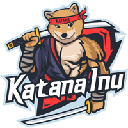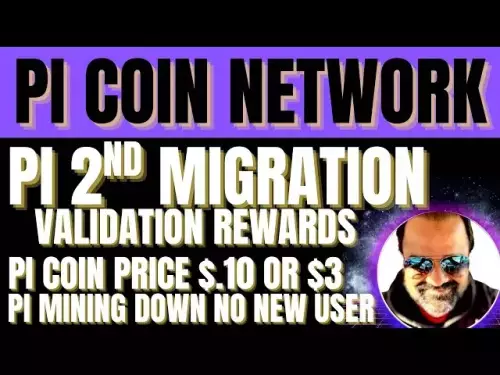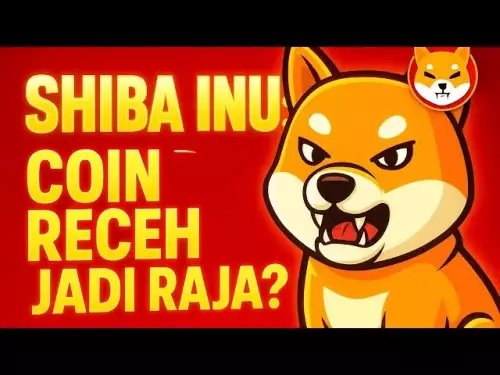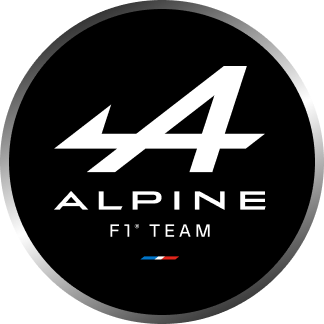-
 bitcoin
bitcoin $109523.663807 USD
-0.13% -
 ethereum
ethereum $4019.526508 USD
2.06% -
 tether
tether $1.000482 USD
0.00% -
 xrp
xrp $2.776815 USD
0.18% -
 bnb
bnb $958.942396 USD
0.12% -
 solana
solana $204.294698 USD
3.84% -
 usd-coin
usd-coin $0.999693 USD
0.00% -
 dogecoin
dogecoin $0.232115 USD
2.09% -
 tron
tron $0.338028 USD
0.84% -
 cardano
cardano $0.790920 USD
1.50% -
 hyperliquid
hyperliquid $44.871443 USD
5.60% -
 ethena-usde
ethena-usde $1.000322 USD
0.04% -
 chainlink
chainlink $21.034165 USD
2.60% -
 avalanche
avalanche $28.794831 USD
-0.54% -
 stellar
stellar $0.360466 USD
1.24%
What are dynamic NFTs?
Dynamic NFTs evolve over time using real-time data, offering interactive experiences in gaming, sports memorabilia, and asset tokenization.
Jul 22, 2025 at 02:28 pm
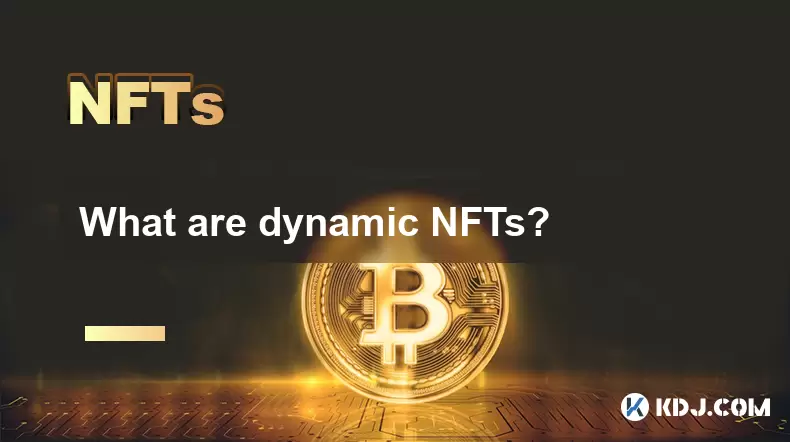
Understanding the Concept of Dynamic NFTs
Dynamic NFTs, unlike their static counterparts, are non-fungible tokens that can change or evolve over time based on external data inputs or specific conditions. Traditional NFTs represent unique digital assets with fixed attributes, such as artwork or collectibles, stored permanently on the blockchain. In contrast, dynamic NFTs incorporate programmable logic and real-time data sources to modify their metadata, appearance, or functionality.
These NFTs are often linked to oracles or APIs that provide updated information from the real world, such as weather conditions, sports scores, or financial metrics. This capability allows for a more interactive and responsive ownership experience, making them particularly appealing in gaming, metaverse environments, and tokenized real-world assets.
How Dynamic NFTs Work Technically
At the core of dynamic NFT functionality is smart contract automation, which enables updates without requiring manual intervention from the owner. The process typically involves:
- Integrating an oracle service like Chainlink or Band Protocol to fetch off-chain data.
- Programming conditional logic within the smart contract to trigger changes when certain criteria are met.
- Updating the NFT’s metadata, which may alter its visual representation or utility.
For instance, if a dynamic NFT represents a virtual pet in a game, its appearance could change based on the current season or the player's achievements. The metadata update does not affect the token ID or ownership but alters how the asset is displayed or functions.
Use Cases of Dynamic NFTs in Different Industries
One of the most promising applications of dynamic NFTs lies in gaming and virtual worlds. Characters, weapons, or avatars can evolve depending on gameplay progress or environmental factors. For example, a sword NFT might gain special effects after achieving certain milestones.
Another area where dynamic NFTs shine is sports memorabilia. Imagine owning an NFT of a football player whose stats and image update automatically after every match. This creates a living collectible that reflects real-time performance.
Additionally, real estate and physical asset tokenization benefit from dynamic NFTs by embedding property usage rights, access control, or maintenance records that can be updated as needed.
Technical Implementation: Creating a Dynamic NFT
To create a dynamic NFT, developers typically follow these steps:
- Choose a blockchain platform that supports upgradable smart contracts (e.g., Ethereum, Polygon).
- Write or deploy a smart contract using standards like ERC-721 or ERC-1155, incorporating logic for metadata changes.
- Connect the contract to an oracle or API endpoint for real-time data feeds.
- Deploy the contract and mint the NFT using tools like OpenZeppelin or thirdweb SDKs.
An important consideration is ensuring that metadata updates do not violate the immutability principle of blockchains. Therefore, IPFS or decentralized storage solutions are used to host mutable metadata while maintaining a verifiable link through the token URI.
Challenges and Considerations in Dynamic NFT Development
While dynamic NFTs offer exciting possibilities, they also introduce several challenges. One major concern is data reliability and trustworthiness when sourcing external information. If an oracle provides incorrect or manipulated data, it could lead to unintended behavior in the NFT.
Security is another critical aspect. Since smart contracts control the dynamic behavior, any vulnerabilities could be exploited to alter NFT properties maliciously. Developers must conduct thorough audits and testing before deployment.
Moreover, user expectations around permanence and value can be affected by mutable NFTs. Collectors might prefer static NFTs for long-term investment purposes due to their unchanging nature.
Comparing Static vs. Dynamic NFTs
Static NFTs have unchanging metadata and properties once minted, offering predictability and permanence. They are ideal for digital art, profile pictures, and other forms of immutable digital ownership.
On the other hand, dynamic NFTs bring flexibility and interactivity, enabling richer experiences and adaptive use cases. However, this comes at the cost of complexity in development, potential security risks, and variability in perceived value.
In terms of market adoption, static NFTs currently dominate due to their simplicity and established use cases. Yet, as infrastructure improves and oracles become more reliable, dynamic NFTs are likely to gain traction in niche markets that demand evolving digital assets.
Frequently Asked Questions About Dynamic NFTs
Q: Can dynamic NFTs be sold or traded like regular NFTs?Yes, dynamic NFTs can be bought, sold, and transferred just like standard NFTs. Their dynamic features do not affect their tradability on secondary markets, although the changing nature of the asset might influence pricing and buyer interest.
Q: How is the metadata of a dynamic NFT updated without altering ownership?Metadata updates are handled off-chain or through a mutable token URI. The token ID remains the same, preserving ownership and transaction history, while the associated metadata file is altered based on predefined triggers.
Q: Are there platforms specifically designed for dynamic NFTs?Some platforms, such as Async Art and Mint Songs, support dynamic NFT creation and display. These services allow creators to embed layers or instructions that can be modified after minting.
Q: Is it possible to make a traditional NFT dynamic after it has been minted?If the original smart contract was designed with upgradability or metadata mutability in mind, it may be possible to introduce dynamic elements later. However, most existing static NFTs cannot be retrofitted with dynamic capabilities unless explicitly coded during deployment.
Disclaimer:info@kdj.com
The information provided is not trading advice. kdj.com does not assume any responsibility for any investments made based on the information provided in this article. Cryptocurrencies are highly volatile and it is highly recommended that you invest with caution after thorough research!
If you believe that the content used on this website infringes your copyright, please contact us immediately (info@kdj.com) and we will delete it promptly.
- Whales, Trump Coin, and Crypto: A New York Minute on What's Hot (and What's Not)
- 2025-09-27 10:25:17
- SWIFT Tests On-Chain Messaging with Linea: A New Era for Global Finance?
- 2025-09-27 10:25:17
- BullZilla Crypto Presale: Surging Through the Meme Coin Jungle
- 2025-09-27 11:05:15
- Binance Coin, WLFI, Crypto Presales: Decoding 2025's Hottest Trends
- 2025-09-27 10:45:15
- Bitcoin, Gold, Stocks: Navigating the Shifting Sands of Investment in 2025
- 2025-09-27 11:05:15
- Bitcoin, Cardano, and Crypto Presales: Is BullZilla the Next Big Thing?
- 2025-09-27 11:10:01
Related knowledge
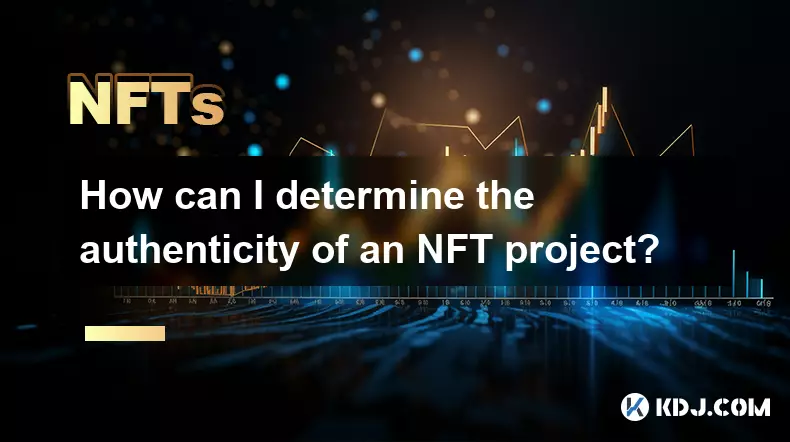
How can I determine the authenticity of an NFT project?
Sep 23,2025 at 05:18pm
Understanding the Project Team and Their Background1. Research the identities of the team members behind the NFT project. Verified social media profil...
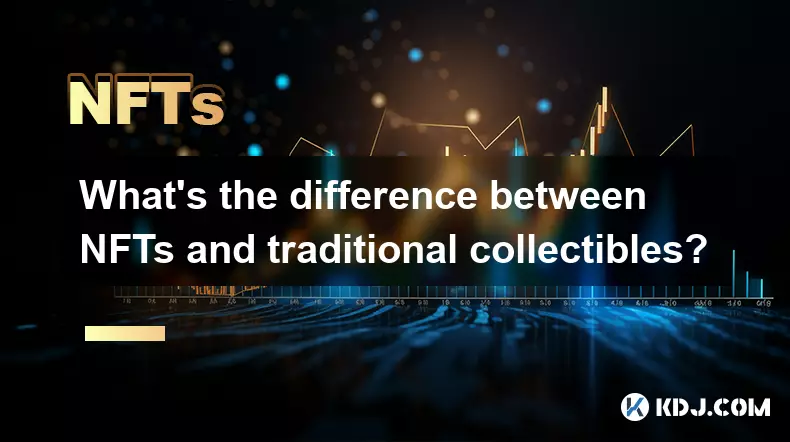
What's the difference between NFTs and traditional collectibles?
Sep 19,2025 at 12:55pm
Digital Ownership and Provenance1. NFTs are built on blockchain technology, which ensures transparent and immutable records of ownership. Every transa...
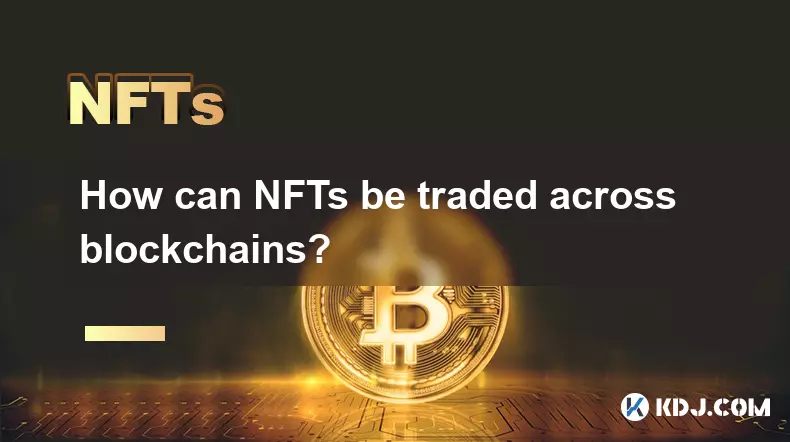
How can NFTs be traded across blockchains?
Sep 19,2025 at 12:00pm
Understanding Cross-Chain NFT Trading1. Non-fungible tokens (NFTs) are digital assets that represent ownership of unique items on a blockchain. Origin...
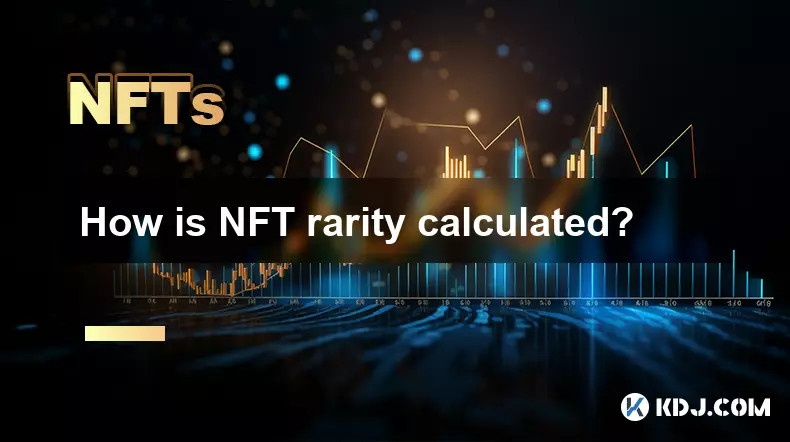
How is NFT rarity calculated?
Sep 18,2025 at 07:54pm
Understanding NFT Rarity Metrics1. NFT rarity is determined by analyzing the uniqueness of individual traits within a collection. Each NFT typically c...
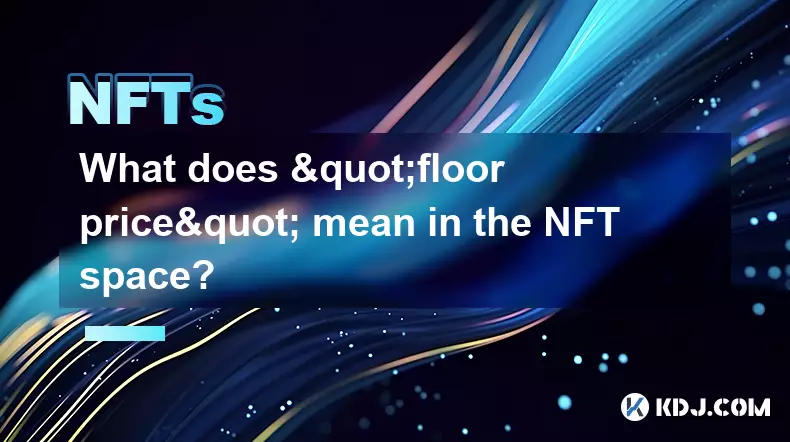
What does "floor price" mean in the NFT space?
Sep 22,2025 at 06:36am
Floor Price: A Core Metric in the NFT Marketplace1. The term floor price refers to the lowest current asking price for any item within a specific NFT ...

How do NFTs help content creators?
Sep 18,2025 at 08:00am
NFTs Empower Creators with Ownership and Monetization1. NFTs provide content creators with verifiable ownership of their digital works, ensuring authe...

How can I determine the authenticity of an NFT project?
Sep 23,2025 at 05:18pm
Understanding the Project Team and Their Background1. Research the identities of the team members behind the NFT project. Verified social media profil...

What's the difference between NFTs and traditional collectibles?
Sep 19,2025 at 12:55pm
Digital Ownership and Provenance1. NFTs are built on blockchain technology, which ensures transparent and immutable records of ownership. Every transa...

How can NFTs be traded across blockchains?
Sep 19,2025 at 12:00pm
Understanding Cross-Chain NFT Trading1. Non-fungible tokens (NFTs) are digital assets that represent ownership of unique items on a blockchain. Origin...

How is NFT rarity calculated?
Sep 18,2025 at 07:54pm
Understanding NFT Rarity Metrics1. NFT rarity is determined by analyzing the uniqueness of individual traits within a collection. Each NFT typically c...

What does "floor price" mean in the NFT space?
Sep 22,2025 at 06:36am
Floor Price: A Core Metric in the NFT Marketplace1. The term floor price refers to the lowest current asking price for any item within a specific NFT ...

How do NFTs help content creators?
Sep 18,2025 at 08:00am
NFTs Empower Creators with Ownership and Monetization1. NFTs provide content creators with verifiable ownership of their digital works, ensuring authe...
See all articles


















